 |
Java Games: Flashcards, matching, concentration, and word search. |
 |
 |
Space Colony
Make sure to play more than once. There are 36 words, but each game includes only 15!
|
| A | B |
|---|
waxing crescent, 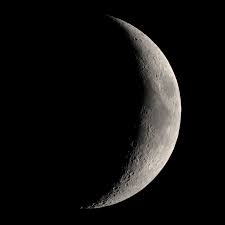 | Describes phases following a new moon in which less than half of the Moon appears to be lighted, but as more of the Moon's lighted side becomes visible. |
waning crescent, 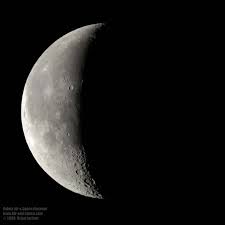 | Describes phases that occur after a full moon, as less than half of the Moon appears to be lighted, and as the visible lighted side of the Moon is growing smaller. |
waxing gibbous, 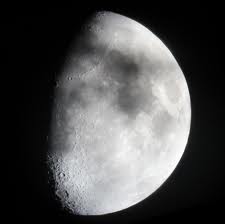 | Moon phase in which more than half of the Moon appears to be lighted and as the visible portion of the moon is growing larger--moving towards a full moon. |
new moon,  | Moon phase that occurs when the Moon is between Earth and the Sun, and the Moon cannot be seen because its lighted half is facing the Sun and its dark side faces Earth. |
axis,  | An imaginary line that passes through Earth's center and the North and South poles, about which the Earth turns. |
tilt,  | 23.5 Degrees; the angle of the earth that is part of the reason for the seasons. |
rotation, 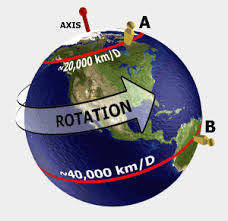 | Earth's spinning on its axis once every 24 hours, resulting in day and night. |
seasons, 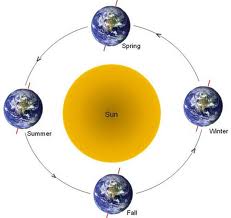 | Caused by the tilt of Earth on its axis as it revolves around the Sun; summer, fall, winter, spring |
equator, 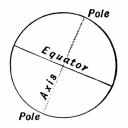 | An imaginary circle around the middle of the earth, halfway between the North Pole and the South Pole. |
orbit,  | n. The path that a planet or another object follows as it travels around another object in space. v. to move around a center point |
satellite,  | A natural object (like the Moon) or a man-made object (like the machines sending radio, tv or telephone signals through space) that revolves around (orbits) another object in space; the Moon is a _______ of the Earth. |
phase, 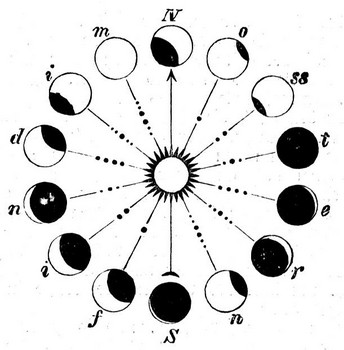 | One of the different shapes of the moon as it is lit up by the Sun and seen from Earth. |
solar system, 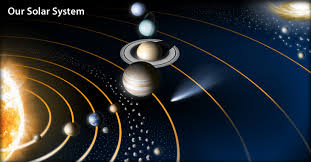 | n. The planets and all the other objects that revolve around a star, such as the Sun |
comet, 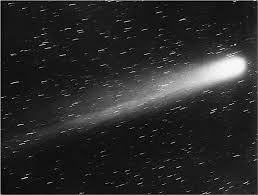 | n. A ball of frozen gases, dust, ice and rock that orbits the Sun; comets evaporate as they near the Sun, forming long, glowing tails of gas and dust |
galaxy,  | A collection of stars, star systems, dust, and gas that are held together by gravity. |
universe, 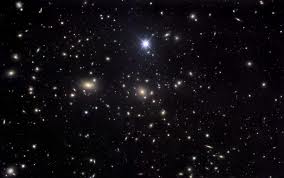 | n. All of space and everything in it; everything in existence |
solstice, 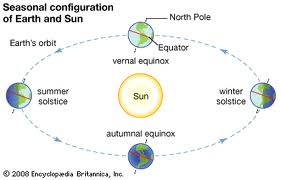 | One of two days each year, when Earth's axis is most tilted toward or away from the Sun, resulting in the shortest day of the year (December 22) and longest day of the year (June 21). |
equinox, 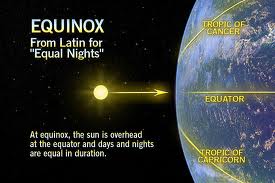 | Each of the two times of the year (March 21-spring and September 23-fall) when the sun is directly over the equator at noon, and days and nights are of equal length. |
Space Shuttle, 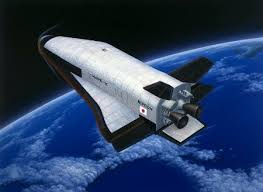 | n. A reusable orbiter vehicle for traveling into space, carrying people or equipment. It takes off like a rocket and lands like an airplane. |
probe,  | n. A spacecraft or robot that explores a region and uses sensors to collect scientific data, including visual image. Although a probe has no human crew and is completely controlled from Earth, astronomers have learned a great deal about our solar system from probes. |
space station, 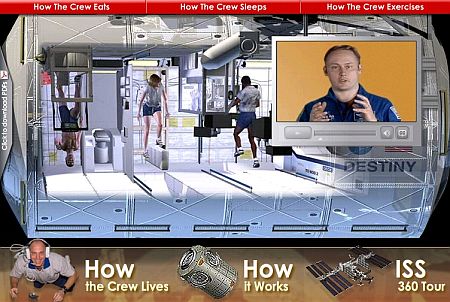 | A large man-made satellite or base on which people such as astronauts can live, work and conduct experiments for extended periods of time before returning to Earth. |
gravity,  | n. It is a force that pulls two objects in the universe toward toward each other, such as between a person and the Earth. It is the force that keeps planets in their orbits. The more mass something has, the stronger it pulls on other objects. |
waning gibbous, 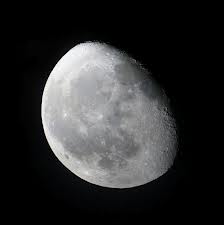 | Moon phase in which more than half of the Moon appears to be lighted and as the visible portion of the moon is growing smaller--moving towards a new moon. |
terraform, 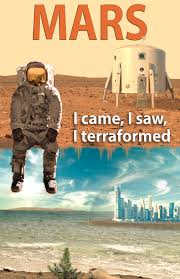 | v. to change a planet, making it more like Earth |
union,  | n. the joining together of independent units into a single government |
NASA, 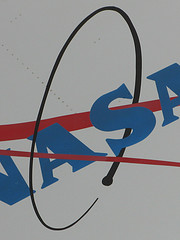 | n. National Aeronautics and Space Administration, a government agency of the United States responsible for developing advanced airplane and space exploration technology. |
year,  | n. the time it takes the Earth to travel once around the sun |
mass,  | n. the amount of matter in an object; whether an object is a solid, a liquid, or a gas, the object always has mass; measured by how much something weighs |
justice, 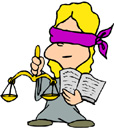 | n. the establishment of rights according to the rule of law |
constitution, 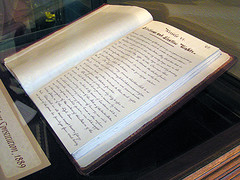 | n. the basic principles and laws of a nation, state, or social group that determine the powers of the government and guarantee certain rights to people in it. |
preamble, 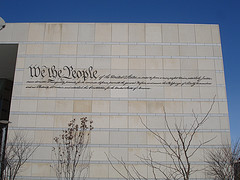 | n. the introduction to a constitution that states the reasons for the laws that follow |
inner planets,  | plural n. the four planets in our solar system closest to the Sun: Mercury, Venus, Earth and Mars |
outer planets,  | plural n. the five planets in our solar system farthest from the sun; Jupiter, Saturn, Uranus, Neptune and Pluto |
colony,  | n. a settlement that retains close ties to its homeland |
rover, 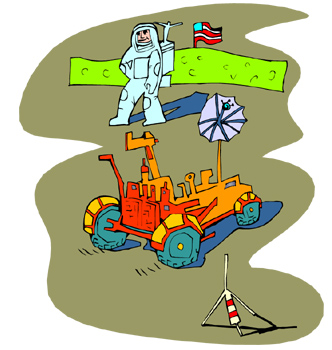 | n. a vehicle used to explore the surface of a planet or moon |
equality,  | n. the state or condition in which all people have the same freedoms and opportunities |
|
 |
 |

|
|
|
Seoul Foreign Elementary School |
| Seoul, South Korea |
|
|
|
|
|
| |